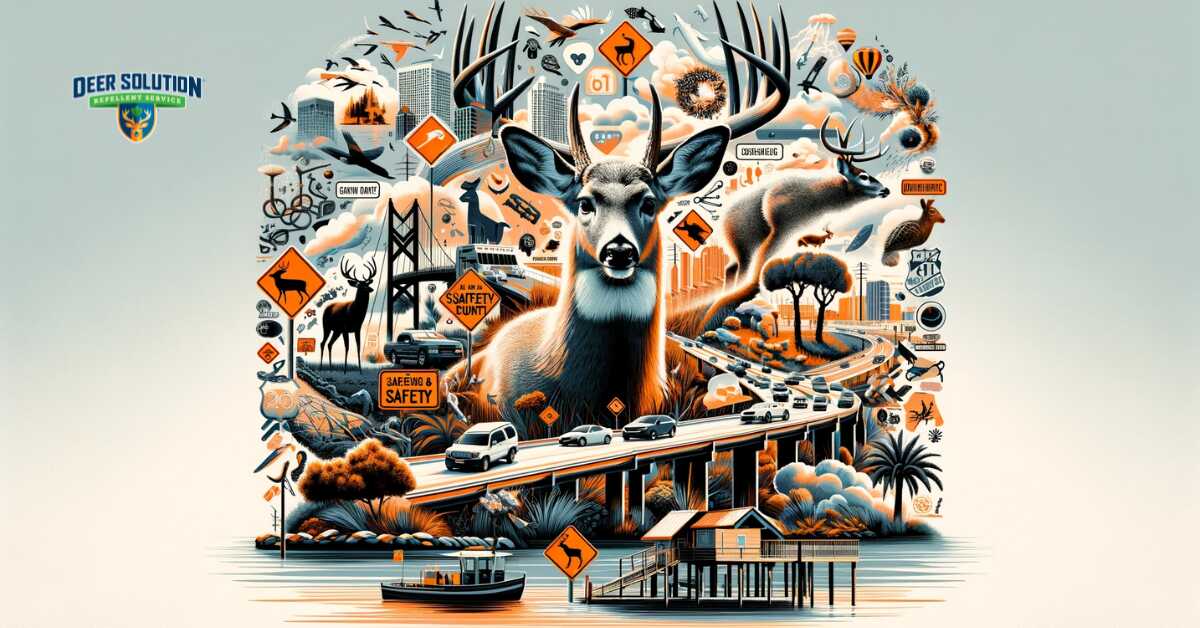Orange County, New York, is confronting significant challenges due to deer overpopulation. This multi-faceted issue affects road safety, agriculture, and the natural environment, demanding attention and action.
Rising Deer-Related Vehicle Accidents
The New York State Department of Motor Vehicles (DMV) and the Department of Environmental Conservation (DEC) have issued warnings about the increased risk of deer crashes.
During their breeding season from October to December, deer are most active and likely to enter public roadways, raising the risk of vehicle collisions. In 2022, many deer-vehicle crashes were recorded, especially during dawn and dusk when visibility and traffic are heavier.
Ecological Impact: EHD Virus Outbreaks
Orange County has experienced outbreaks of Epizootic Hemorrhagic Disease (EHD), a virus transmitted by biting midges that affects deer populations. EHD causes rapid deer mortality, usually within 36 hours of infection. This virus has been more widespread in recent years, posing a considerable threat to local deer populations.
The 2020 outbreak in Orange County was particularly severe, with approximately 1,500 deer deaths reported.
Deer Overpopulation and Environmental Balance
Deer overpopulation leads to several environmental imbalances. Overgrazing by deer affects the regeneration of forests and the survival of various plant species, altering habitats and food chains.
This ecological imbalance has cascading effects on other wildlife species and the overall health of ecosystems.
Community and Policy Response
Addressing the deer overpopulation issue in Orange County requires a collaborative approach involving community members, wildlife experts, and policymakers. Effective deer management strategies must balance ecological health, public safety, and agricultural interests.
Public awareness campaigns, wildlife management programs, and community engagement are crucial components of a comprehensive response strategy.
The deer overpopulation crisis in Orange County is a stark reminder of the complex relationship between human activities, wildlife populations, and ecological sustainability.
As the county grapples with increased vehicle accidents and the ecological impact of diseases like EHD, the need for effective wildlife management and increased public awareness becomes increasingly evident. The county’s efforts will be pivotal in ensuring a balanced ecological system, public safety, and agricultural sustainability.







